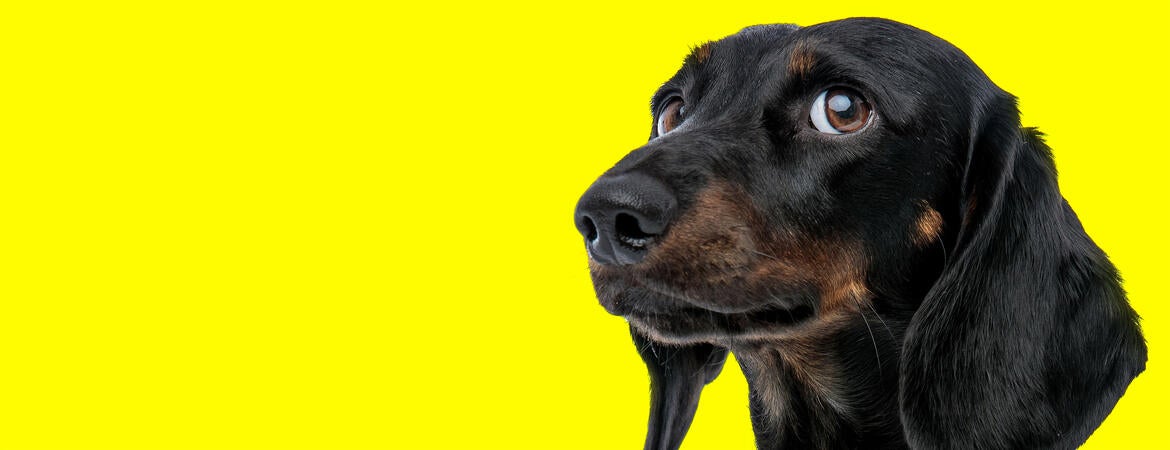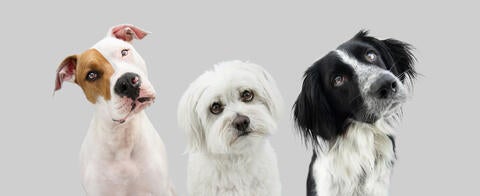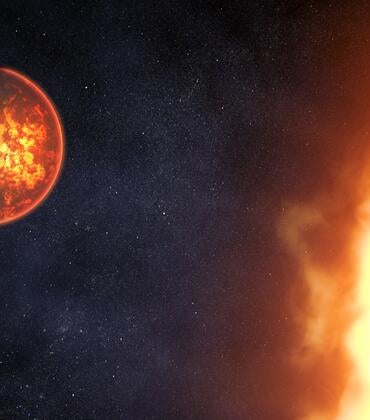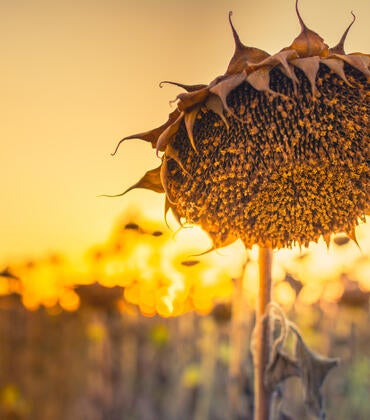
Medium-sized dogs have a higher risk of developing cancer than the very largest or smallest breeds, according to a UC Riverside study.
The study, published in the Royal Society Open Science, set out to test a model of how cancer begins. This model, called the multistage model, predicts that size is a risk factor for cancer. As it turns out, it is, but only when considering size variation within a single species.
It is common for cells to acquire errors or mutations as they divide and form copies of themselves. Bigger animals, and those that live longer, have more cells and a longer lifespan during which those cells divide. According to the multistage model, that means they have more opportunities to acquire mutations that eventually become cancer.
“The question that arises is why, then, don’t we get more cancer than a mouse? We don’t. There is no increase in cancer risk as animals increase in size from species to species,” said UC Riverside evolutionary biologist and study author Leonard Nunney.
However, this isn’t true for animals of the same species. “Studies on humans show that tall people get more cancer than short people. It’s about a 10% increase over the baseline risk for every 10 centimeters in height,” Nunney said.
For more insight into these risk factors, Nunney required a species with a bigger difference between the smallest and biggest individuals.
“Testing this in dogs is even better because you can compare a tiny chihuahua to a great Dane. That’s a 35-fold difference in size, and people can’t come close to that,” Nunney said.
Surveying their mortality rates with three different data sets, Nunney found the smallest dogs, including Pomeranians, miniature pinschers, shih tzus and chihuahuas have about a 10% chance of dying from cancer.
By comparison, many relatively large dogs, such as Burmese mountain dogs, have more than a 40% chance of death from cancer.
There were some outliers in the study. Flat-coated retrievers had the highest mortality from cancer, getting a type of sarcoma with higher frequency than they should have for their size. Scottish terriers seemed to get more cancer than other small dog breeds. “Terriers in general get more cancer than expected for their size,” Nunney said. In general, however, the study supports the idea that size is a major risk factor for cancer.
However, the very largest breeds, such as great Danes, have less cancer than medium-sized breeds. That is because of a well-known but as yet unexplained phenomenon: the life expectancy of dogs gets shorter with size.
“For every pound increase in typical breed size you lose about two weeks of life. A very big dog, you’re lucky if they live past nine years, whereas small dogs can go about 14,” Nunney said. Cancer is predominantly a disease of old age so by having a reduced lifespan the largest dogs have a reduced cancer risk.
According to the study, dog breeds are a clear fit with the multistage model of cancer acquisition that says larger size and longer lives offer more opportunities for cells to mutate. “I was surprised how well dogs fit the model,” Nunney said. “But that doesn’t happen when you compare a mouse to an elephant or a human to a whale. So, does that undermine the model in some way?”
Nunney believes that an animal’s ability to avoid cancer increases with the size of the species. “My argument is that preventing cancer is an evolving trait, so a whale will have more ways of preventing cancer than a mouse does,” he said.
While data are limited about the occurrences of cancer in whales, there is more information about rates in elephants, because they are kept in zoos.
“Elephants don’t get much cancer. Their ancestors, long before mastodons, were much smaller, so how, en route to today’s size, did they avoid cancer?” he wondered. “The secret to preventing cancer could lie within the biology of larger animals.”
(Cover image: feedough/iStock/Getty)




